Balance Update April 4: Meet the Updated Marvel Snap
Marvel Snap’s latest update brings a series of high-impact changes that are poised to significantly alter the landscape of the game’s metagame.
With adjustments spanning from individual card modifications to enhancements of game mechanics, this update targets the core of competitive play, challenging players to rethink strategies and deck compositions.

Key changes include a pivotal alteration to Thanos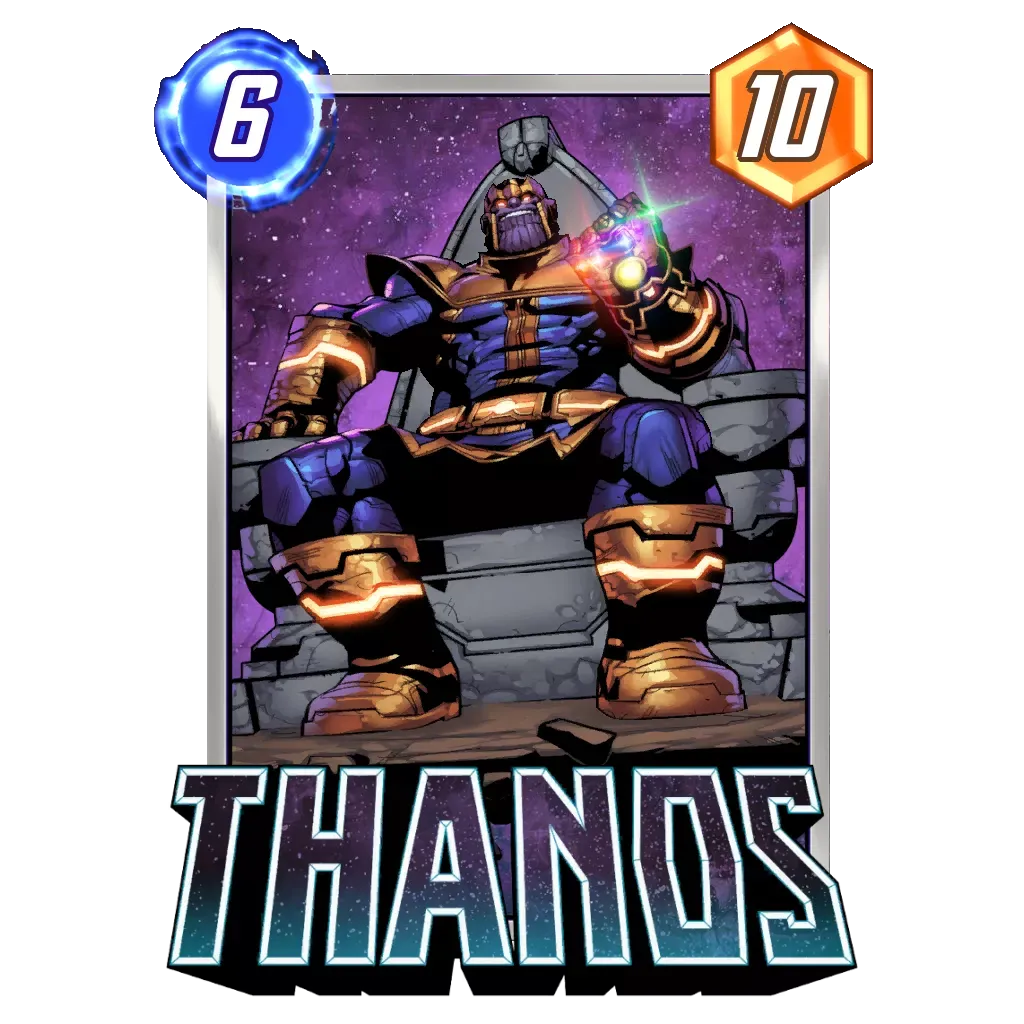 , ensuring he starts in your opening hand, and strategic tweaks to several other cards such as the Time Stone
, ensuring he starts in your opening hand, and strategic tweaks to several other cards such as the Time Stone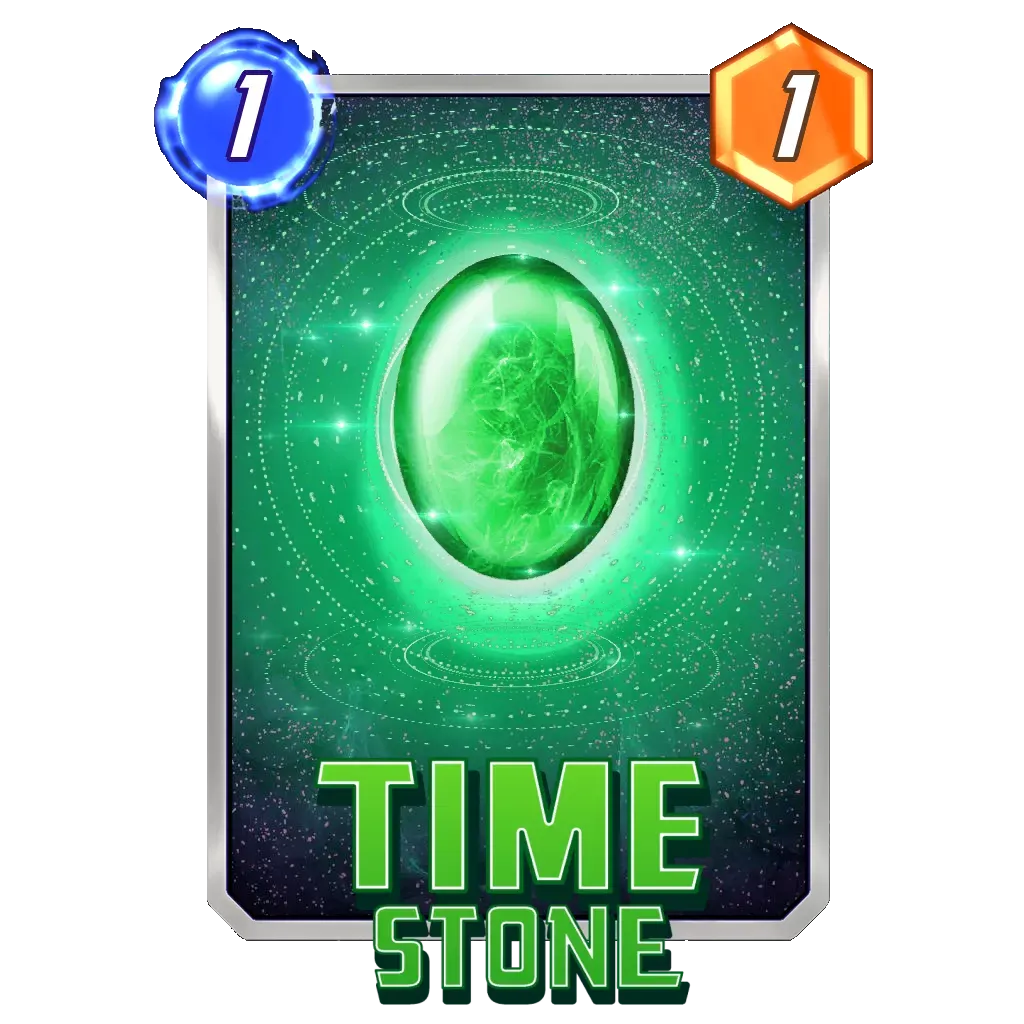 , Miek
, Miek , Crossbones
, Crossbones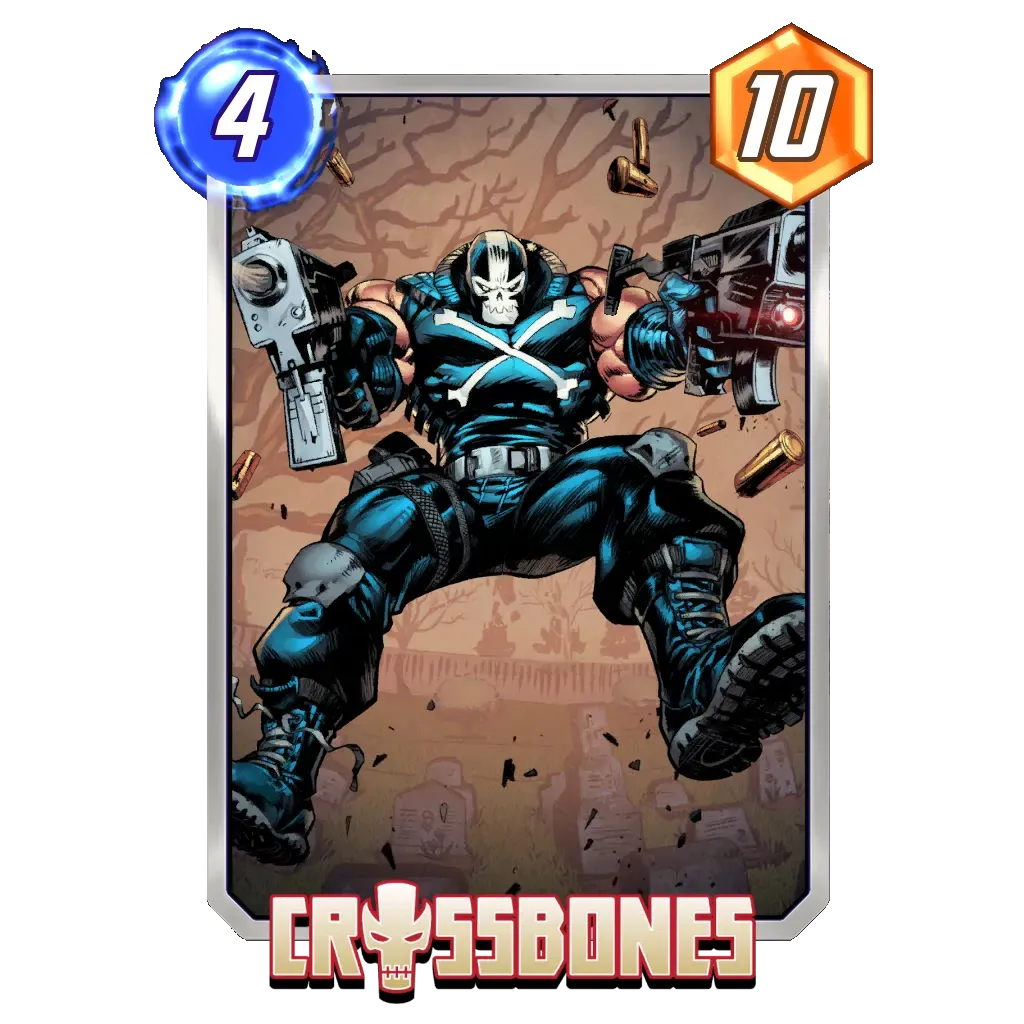 , Sabretooth
, Sabretooth , Angela
, Angela , and Baxter Building
, and Baxter Building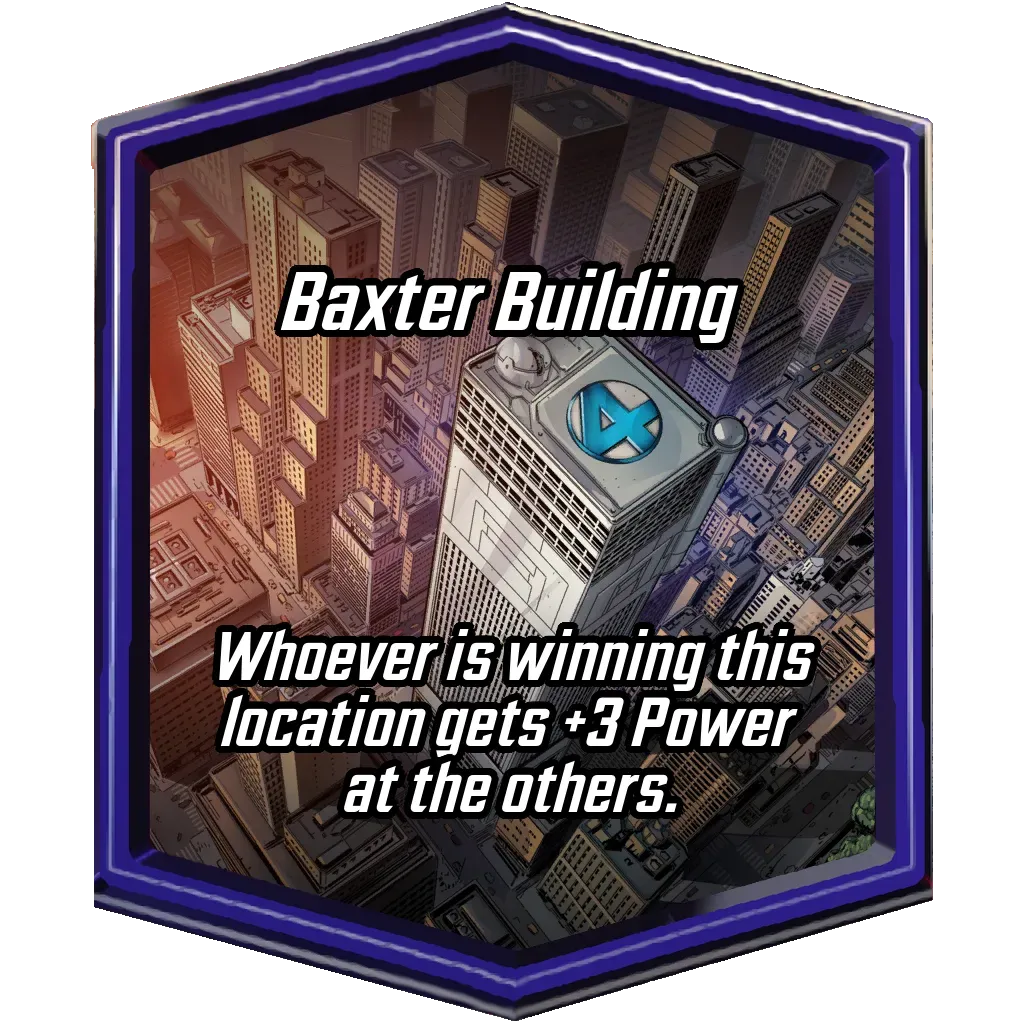 , each with potential to shift the power dynamics across various deck types.
, each with potential to shift the power dynamics across various deck types.
These Marvel Snap updates aren’t just adjustments; they represent a deliberate move to improve gameplay, encourage diversity in deckbuilding, and balance the power of the game.
As players and enthusiasts dive into the new meta, the anticipation of discovering novel strategies and witnessing the evolution of competitive play is palpable.
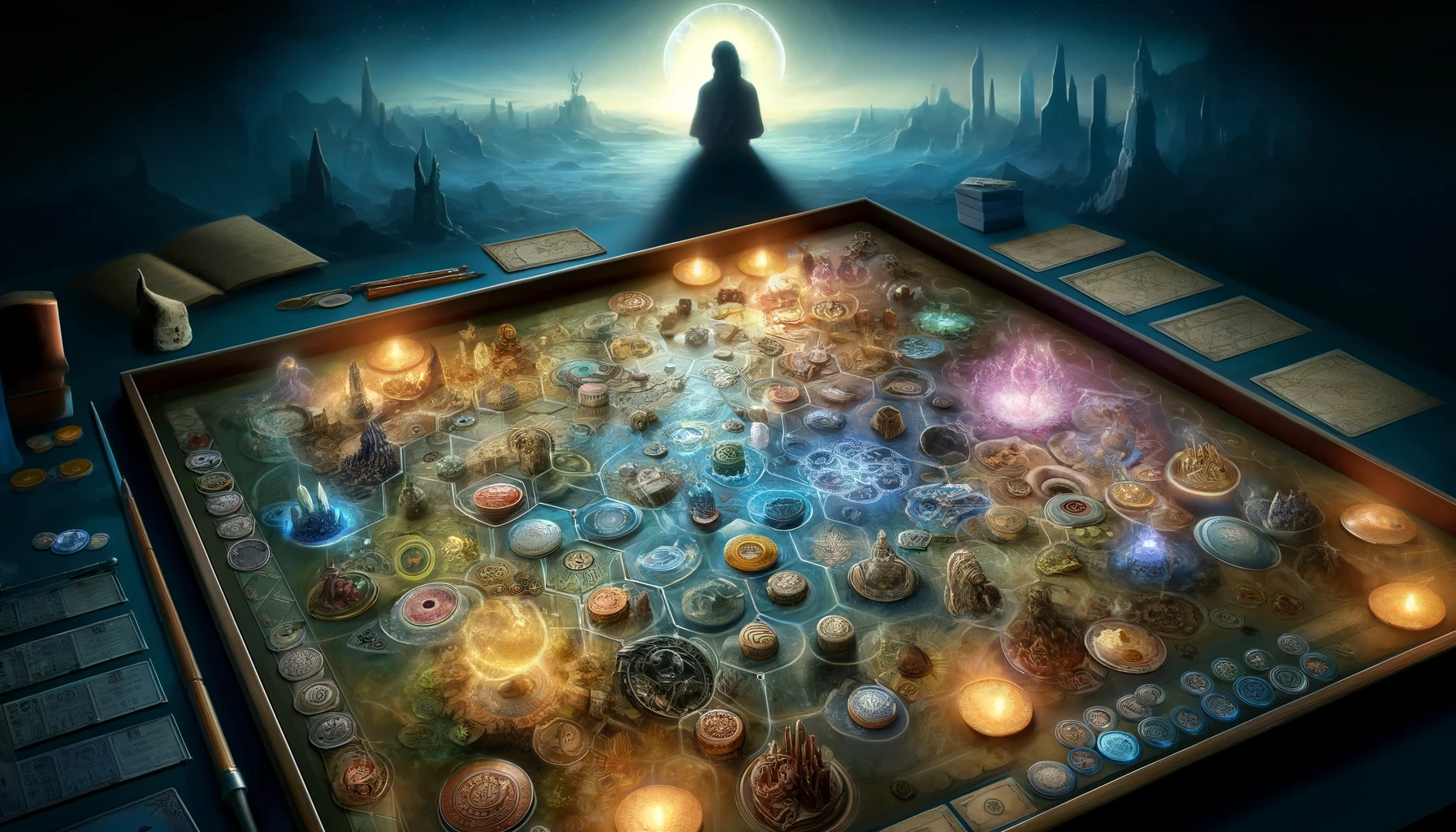
Let’s do a detailed analysis of what awaits us in the updated Marvel Snap.
Thanos changes the starting point
The Marvel Snap team has introduced a significant change to Thanos , a card that has long stood at the pinnacle of deck strategies due to its formidable synergy with the Infinity Stones.
, a card that has long stood at the pinnacle of deck strategies due to its formidable synergy with the Infinity Stones.
Previously, the mechanism to shuffle the six Infinity Stones into your deck at the start of the game was a gamble on drawing Thanos at the right moment. Now, with Thanos guaranteed in your opening hand, the dynamic shifts profoundly.

The update to Thanos dramatically alters his influence on gameplay and the overall metagame. Ensuring Thanos starts in the player’s opening hand every game eliminates the variance and unreliability associated with drawing him at the right moment to capitalize on the power of the Infinity Stones. This change makes Thanos decks more consistent and reliable, potentially increasing their presence in the meta.
Early Thanos game
With Thanos guaranteed in the opening hand, players should plan their first few turns with the intention of maximizing the effectiveness of the Infinity Stones. This could mean adjusting the deck to include cards that complement the early deployment of Thanos or setting up for a powerful mid-game push.
Bluffing and Misdirection
Given the predictability of Thanos starting in hand, players can use this to their advantage by bluffing or delaying the play of Thanos to mislead opponents about their strategy.
This could involve playing other cards that suggest a different game plan, keeping the opponent guessing.

Deck Building Adjustments
Players may need to reassess the composition of their Thanos decks to ensure they can effectively combat strategies designed to counter the early play of Thanos.
This might include incorporating cards that protect Thanos or the Infinity Stones, or adding more versatile cards that can respond to a wider range of threats.
Anticipate Counterplays
With the Thanos strategy becoming more visible, it’s crucial to anticipate and plan for counterplays from opponents.
This could mean including cards that counter popular strategies use to disrupt Thanos and the Infinity Stones.
Experiment with Timing
The timing of playing Thanos and the subsequent deployment of the Infinity Stones can significantly impact the game’s outcome.
Experimenting with different timings to find the most effective approach against the current meta will be key.
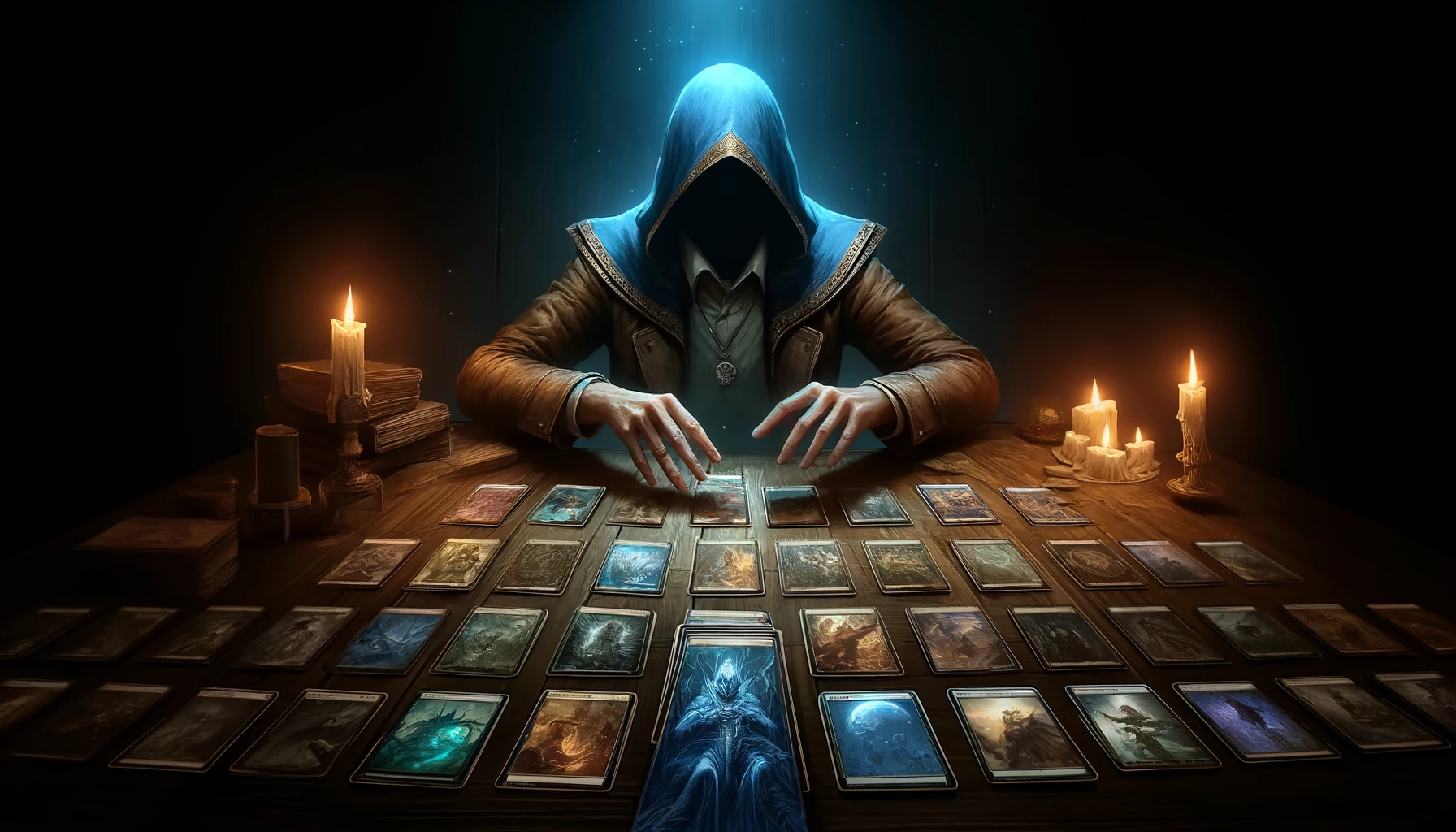
While the update to Thanos increases the consistency and potential power of decks centered around him, it also requires players to adapt and refine their strategies.
Success with Thanos in the updated meta will depend on a player’s ability to anticipate opponents’ moves, adapt their deck composition, and master the timing and deployment of the Infinity Stones.
Updated Time Stone: How to build a gaming strategy
The modification to the Time Stone introduces a nuanced but impactful shift in its utility within Marvel Snap.
introduces a nuanced but impactful shift in its utility within Marvel Snap.
Previously, the Time Stone’s effect offered a straightforward benefit: drawing a card and reducing its cost by 1. This ability was universally applicable, providing a tactical advantage regardless of the card drawn or the overall deck strategy.

The updated ability, however, pivots the Time Stone’s utility towards a more Thanos-centric strategy. By reducing Thanos’ cost by 1 for the next turn and still allowing a card draw, the Time Stone now directly influences the playability of Thanos earlier in the game, potentially accelerating the deployment of the Infinity Stones strategy.
This change emphasizes the strategic significance of Thanos within decks utilizing the Infinity Stones, encouraging players to not only include Thanos in their strategies but to actively seek opportunities to play him earlier than might have been previously viable.
The card draw remains, preserving the Time Stone’s value in cycling through the deck but now adds a layer of strategic depth in how and when to best deploy Thanos.
The Time Stone and Thanos: strategic start of the game
The update encourages players to think ahead about the best turn to play Thanos. By using the Time Stone effectively, players can reduce Thanos’ cost and play him sooner, which could be crucial in gaining an early advantage.
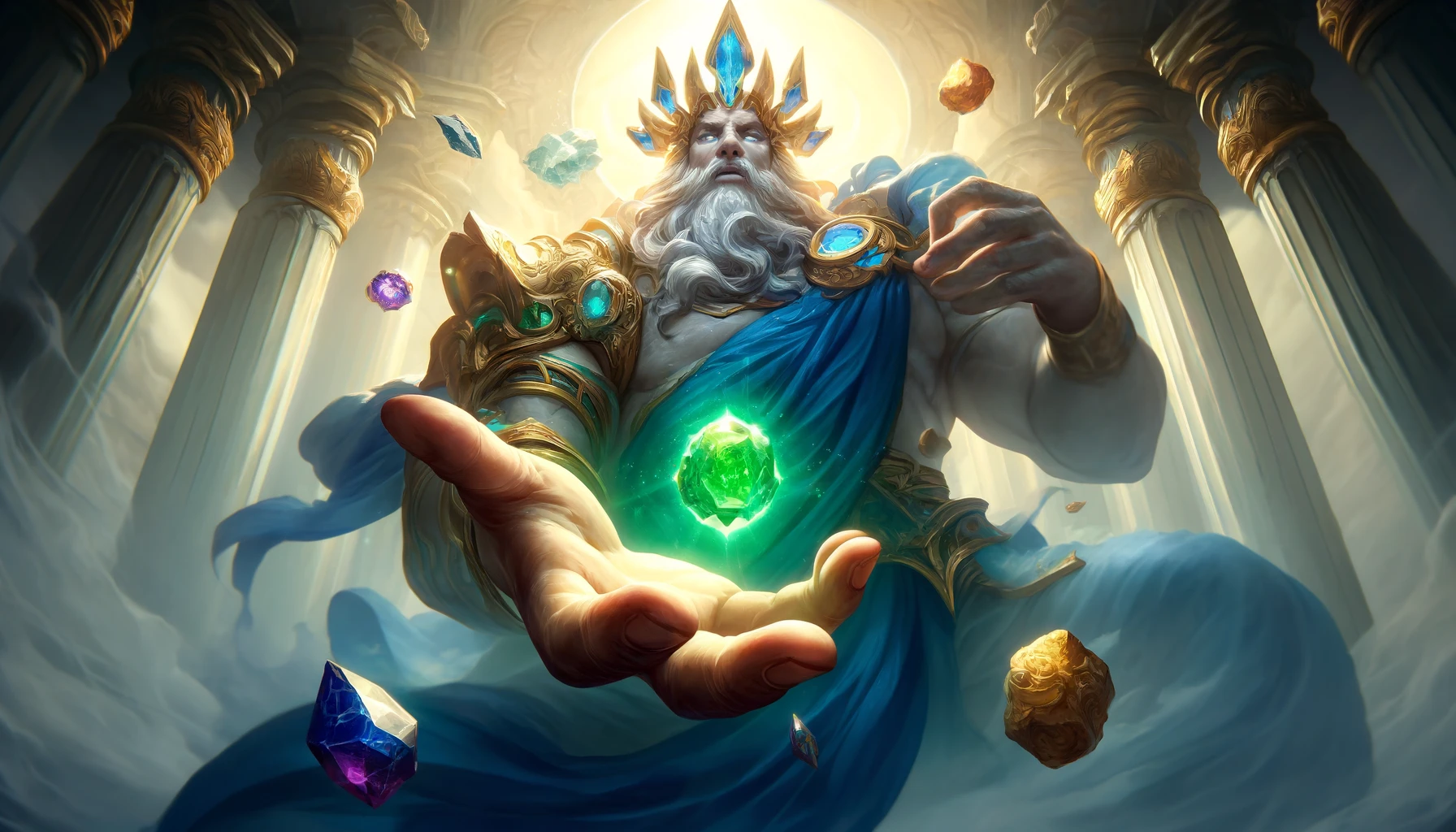
A new look at deck composition
Since the Time Stone now synergizes directly with Thanos, decks may shift to include cards that benefit from or support early plays of powerful characters, including but not limited to Thanos. This could influence the inclusion of cards designed to protect key characters or disrupt early opponent counters.
Playing against an aggressive strategy
Knowing that the Time Stone can bring Thanos into play sooner, opponents might adjust their strategy to counter an early Thanos appearance. Time Stone users should be prepared for increased early game aggression or disruption tactics from opponents aiming to mitigate an early Thanos play.
Utilizing the Draw
While the primary focus of the Time Stone’s effect shifts towards benefiting Thanos, the additional card draw remains a valuable aspect. This can be used to maintain card advantage or seek out other components of the Infinity Stones strategy.

In conclusion
The redefined purpose of the Time Stone to directly reduce Thanos’ play cost on the next turn, while still offering a card draw, subtly shifts the gameplay dynamics for decks utilizing Thanos and the Infinity Stones.
This change not only reinforces the centrality of Thanos in such strategies but also encourages a more calculated approach to playing him early in the game. As a result, players will need to adapt their deck compositions and play strategies to leverage the new synergies and anticipate potential counters from opponents.
The Time Stone’s adjustment highlights a more strategic depth in deck building and game planning, with a clear focus on enhancing the thematic and strategic cohesion around Thanos and the Infinity Stones.
How to play Miek Card in new balance?
The change to Miek from having 1 Power and 1 Health to maintaining 1 Health but no Power fundamentally alters the card’s initial impact on the board when played.
from having 1 Power and 1 Health to maintaining 1 Health but no Power fundamentally alters the card’s initial impact on the board when played.
Previously, Miek’s ability to gain +1 Power upon discarding a card, coupled with the potential to move the following turn, made it a dynamic force within Discard decks. Its ability to grow stronger with each discard and relocate to strategic locations offered significant tactical flexibility and threat potential from early to late game.
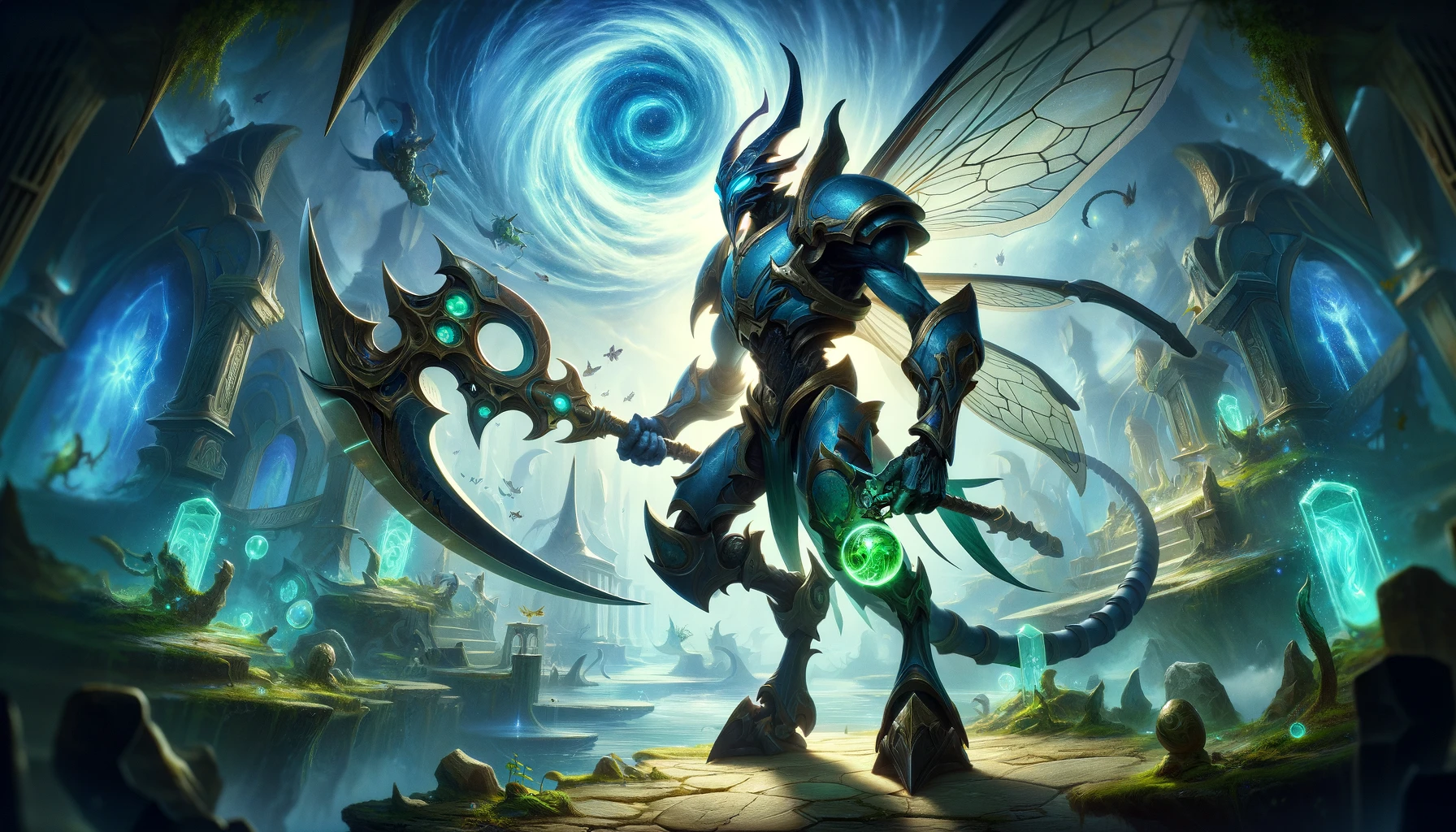
However, reducing Miek’s starting Power to zero significantly dampens its immediate threat level, requiring an active discard action to make it a power contender on the board.
This adjustment addresses the overly dominant role Miek played in Discard decks, where its efficiency and utility outpaced the intended balance, particularly for a 1-Cost card.
Increased Focus on Discard Mechanisms
To compensate for Miek’s lack of initial Power, players will need to ensure their decks have ample discard mechanisms to quickly empower Miek. This could lead to a reassessment of deck compositions, prioritizing cards that trigger discard effects more frequently.
Strategic Placement and Movement
With Miek starting at 0 Power, its placement on the board becomes even more critical. Players will need to carefully consider where to deploy Miek to maximize its movement ability and ensure it can grow in power safely without being immediately countered or removed.
Combination with Other Cards
Miek’s effectiveness may now be more contingent on combination plays with other cards. This could involve setting up scenarios where Miek can be empowered and moved within the same turn or leveraging cards that benefit from or contribute to discard effects to maximize Miek’s growth potential.

Anticipating Opponent Counters
Given Miek’s adjusted role, opponents might alter their strategies to counter Discard decks more effectively. Players will need to be mindful of potential counters and may need to deploy Miek more cautiously, ensuring it can survive long enough to benefit from discard effects.
Reassessing Miek’s Strategy
The update to Miek represents a significant shift in its utility and potential impact within Discard decks, addressing its previously disproportionate win rate and strategic dominance for a 1-Cost card.

This change necessitates a strategic reevaluation for players relying on Miek, emphasizing a greater reliance on discard mechanisms and strategic play to leverage Miek’s potential effectively.
Players must now engage in more thoughtful deck building and in-game strategy to ensure Miek remains a viable component of their strategy, highlighting the balance between card cost, power, and the strategic depth of discard effects.
Crossbones becomes more stable
The adjustment to Crossbones , increasing its Power from 8 to 10 without altering its Cost or the condition that it can only be played at locations where the player is winning, subtly enhances its durability and staying power on the board.
, increasing its Power from 8 to 10 without altering its Cost or the condition that it can only be played at locations where the player is winning, subtly enhances its durability and staying power on the board.
This change bolsters Crossbones’ role as a defensive powerhouse in location-specific strategies, making it a more formidable presence that opponents must overcome.

Previously, Crossbones’ utility was somewhat niche due to its play condition, but with increased health, it becomes a more resilient obstacle for opponents, potentially securing key locations with greater reliability.
The mention of the debate between Crossbones and Cull Obsidian highlights the unique strategic roles each card plays within the game, with Crossbones’ updated stats inviting players to reconsider its place in decks, especially in comparison to the brute strength of Cull Obsidian.
The increased Power of Crossbones not only makes it a tougher card to remove but also suggests an enhanced synergy with cards and strategies that benefit from maintaining control over specific locations.
Enhanced Focus on Location Control
With Crossbones becoming more durable, players can lean more heavily into strategies focused on securing and holding specific locations. Decks may evolve to include more cards that manipulate location control or enhance Crossbones’ ability to maintain it.

Deck synergy with Crossbones
Given its enhanced staying power, Crossbones might now find a more prominent place in decks that benefit from or support high-health cards. Cards that heal, buff health, or utilize health for various effects could see increased synergy with Crossbones.
Crossbones placement strategy
Players will need to be more strategic about when and where to deploy Crossbones, taking advantage of its condition to secure locations confidently. Its increased health makes it a significant asset in defending locations already under control, encouraging players to establish early dominance.
Counter strategy
Anticipating opponents’ attempts to remove or bypass Crossbones will become crucial. Players may need to incorporate additional support cards that protect or enhance Crossbones further, ensuring that its increased health translates into maintained control over key locations.
Defense is a strategic use of Crossbones
The update to Crossbones, with an increase in health from 8 to 10, subtly shifts its strategic value within Marvel Snap.
This enhancement not only makes it a more resilient force on the board but also invites players to explore new strategic dimensions focused on location control and defensive play.
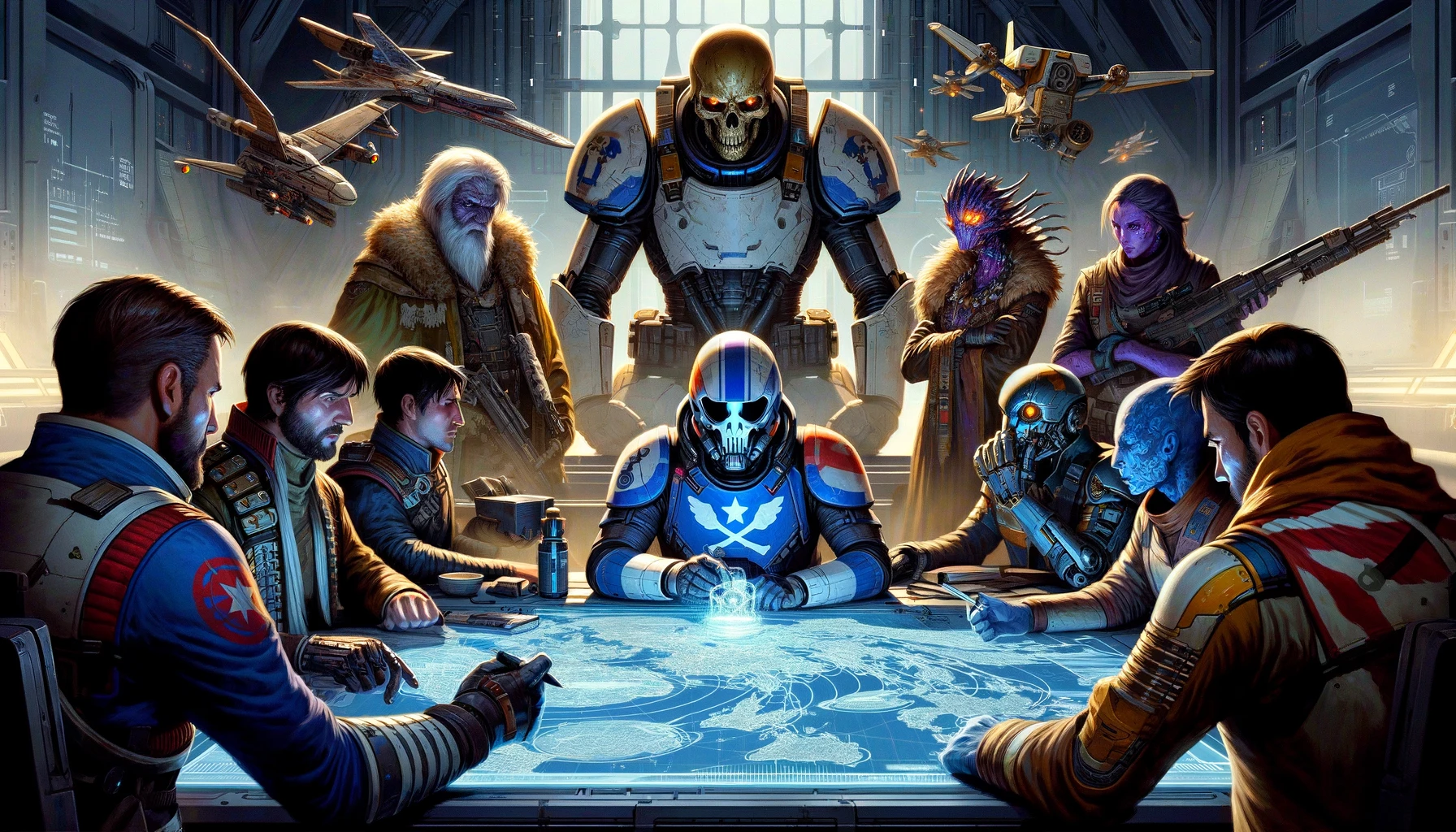
Crossbones’ revised stats encourage a reassessment of its role compared to other high-power cards like Cull Obsidian, potentially broadening the strategic diversity and deck-building possibilities in the game.
As players experiment with Crossbones’ new dynamics, its impact on location-centric strategies and its interplay with other cards will likely become more pronounced, enriching the strategic depth and versatility of deck compositions.
Sabretooth has become stronger
The update to Sabretooth , increasing its Power from 4 to 5 while maintaining its Cost at 3 and its unique ability to return to the player’s hand at zero cost when destroyed, significantly enhances its resilience and utility in decks focused on destruction and recycling mechanics.
, increasing its Power from 4 to 5 while maintaining its Cost at 3 and its unique ability to return to the player’s hand at zero cost when destroyed, significantly enhances its resilience and utility in decks focused on destruction and recycling mechanics.
This change makes Sabretooth more than just a persistent threat; its increased survivability means it can withstand more encounters and removal attempts, thus providing players with a more reliable recurring asset. The adjustment reflects a broader trend towards enhancing the survivability and strategic utility of lower-cost cards, indicating a shift towards a more nuanced and balanced gameplay experience, especially in decks that capitalize on card destruction and reuse.

The comparison with Black Swan underscores the strategic nuance of including such “vanilla” cards in decks. While Sabretooth offers no immediate board impact aside from its stats and return-to-hand ability, the strategic depth comes from leveraging this resilience in decks that thrive on repeatedly playing certain cards. This update positions Sabretooth as a sturdier component within such strategies, offering players more flexibility and durability in their plays.
Destruction and recursion strategy
With its increased health, Sabretooth becomes an even more attractive option for decks that focus on self-destruction and revival mechanics. Cards and strategies that benefit from destroying your own cards can now leverage Sabretooth’s enhanced survivability for consistent board presence and pressure.

Sabretooth’s ability to return to the hand with zero cost when destroyed now carries additional weight due to its increased health. Players can strategically use Sabretooth to absorb damage or force removal actions, knowing it can come back stronger.
This enhances its role in strategies focused on outlasting and outmaneuvering opponents through resource depletion.
Deck Building Considerations
The update may encourage players to reassess their deck compositions, particularly in how they incorporate cards that synergize with Sabretooth’s destruction and return mechanics.
The increase in health makes Sabretooth a more viable option in a wider range of scenarios, potentially shifting the balance among lower-cost cards in deck construction.
How to meet your opponent
With Sabretooth’s enhanced utility, opponents may prioritize its removal or counterplay more aggressively. Players will need to anticipate such responses, potentially using Sabretooth as a bait to divert attention from more critical plays or to exhaust opponent resources.

Resume
The enhancement of Sabretooth’s Power from 4 to 5 represents a strategic deepening of its role within Marvel Snap. This adjustment not only increases its resilience on the board but also elevates its strategic value in decks designed around card destruction and reuse.
By making Sabretooth a sturdier component of such strategies, the update encourages players to explore new tactical dimensions and deck-building strategies that maximize the utility of recurring cards.
As the game continues to evolve, the role of cards like Sabretooth in shaping the competitive landscape and gameplay dynamics will likely become even more pronounced, reflecting a continuous effort to balance and enrich the strategic depth of Marvel Snap.
Angela: Positive Power Balance
The adjustment to Angela represents a significant shift in her role within Marvel Snap. By changing her base stats from 2 Cost and 2 Power to 2 Cost with 0 Power, but increasing her power gain from +1 to +2 for each card played at her location, the update drastically enhances her potential for power scaling within a single turn.
represents a significant shift in her role within Marvel Snap. By changing her base stats from 2 Cost and 2 Power to 2 Cost with 0 Power, but increasing her power gain from +1 to +2 for each card played at her location, the update drastically enhances her potential for power scaling within a single turn.
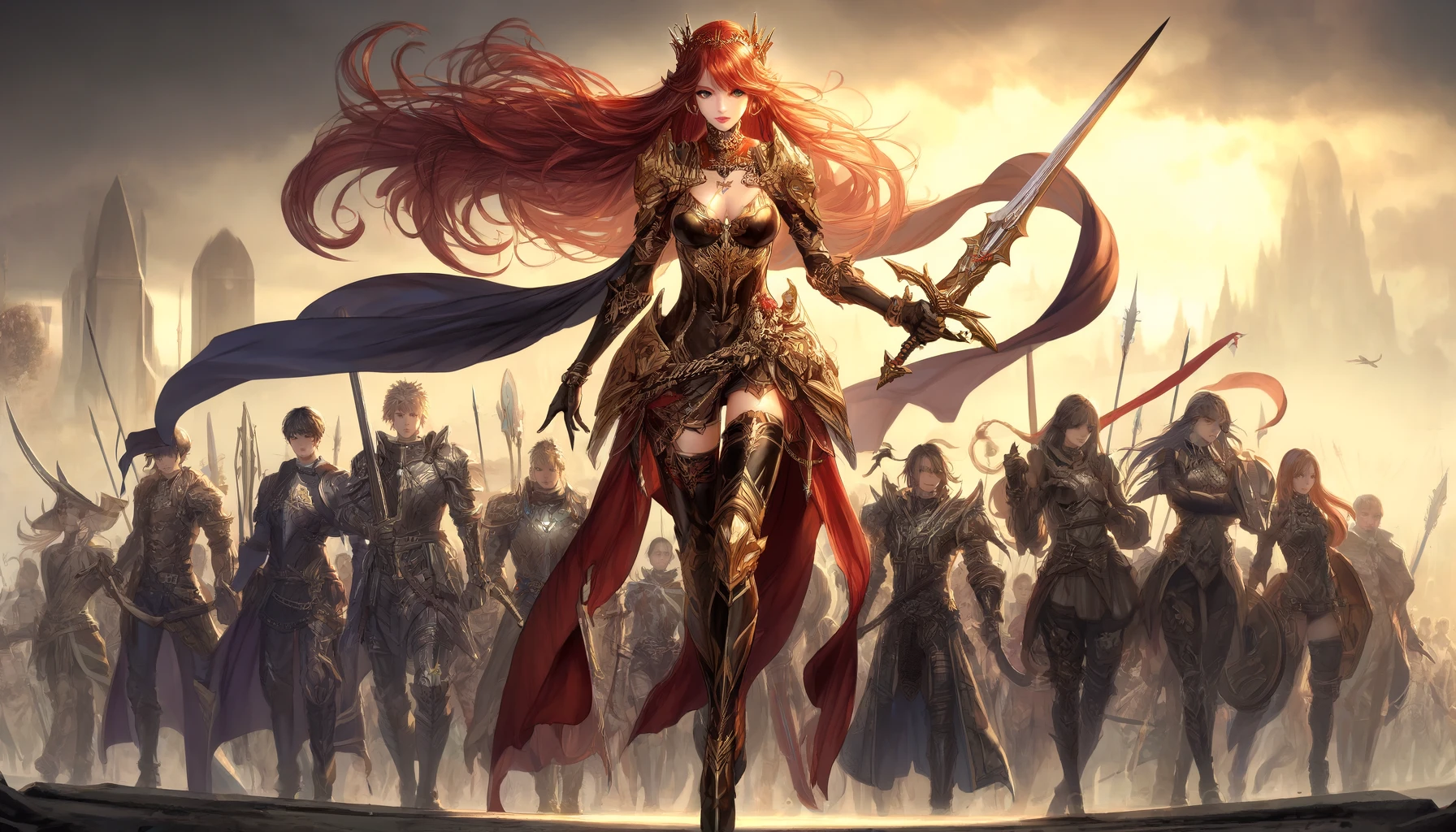
This change elevates Angela from a moderate incremental power booster to a potentially game-changing force, especially in decks designed to play multiple cards at a single location in quick succession. The update aligns with a broader metagame shift towards favoring “small ball” decks, which focus on playing numerous lower-cost cards to build power rapidly rather than relying on a few high-cost, high-impact cards. Angela’s revamped ability now makes her a cornerstone in such strategies, offering significant power spikes that can turn the tide of a game if leveraged effectively.
Deck Composition
To maximize Angela’s updated ability, players should focus on decks that can rapidly deploy multiple cards to her location. This might include a mix of low-cost cards, cards with cascade or chain play effects, and cards that generate additional playable cards.
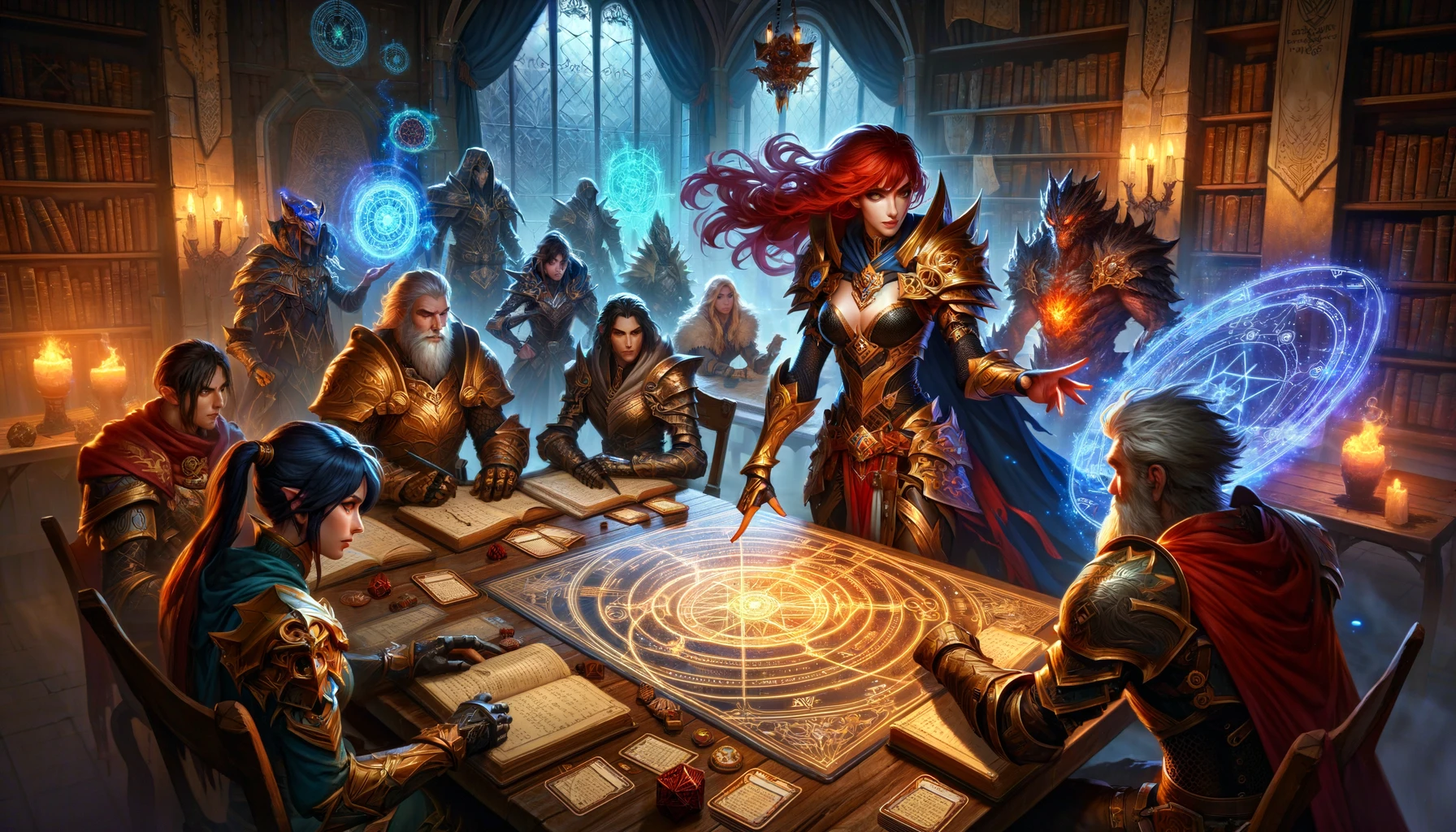
How to play the Angela card?
Given Angela’s starting Power of 0, positioning her on the board becomes crucial. Players may need to consider how to protect Angela until they can unleash a series of card plays at her location, ensuring she survives long enough to utilize her power-scaling potential.
Angela’s potential for power scaling with each subsequent card played at her location demands meticulous play sequencing. Players must strategize the order of card plays to maximize Angela’s power boost, potentially saving her for a turn where they can ensure multiple card plays to exploit her ability fully.
Opposition to counterplay
With Angela’s ability to rapidly escalate in power, opponents are likely to target her with removal or disruptive effects. Players will need to anticipate these counterplays, potentially employing baiting tactics or protective measures to safeguard Angela until she can be effectively utilized.
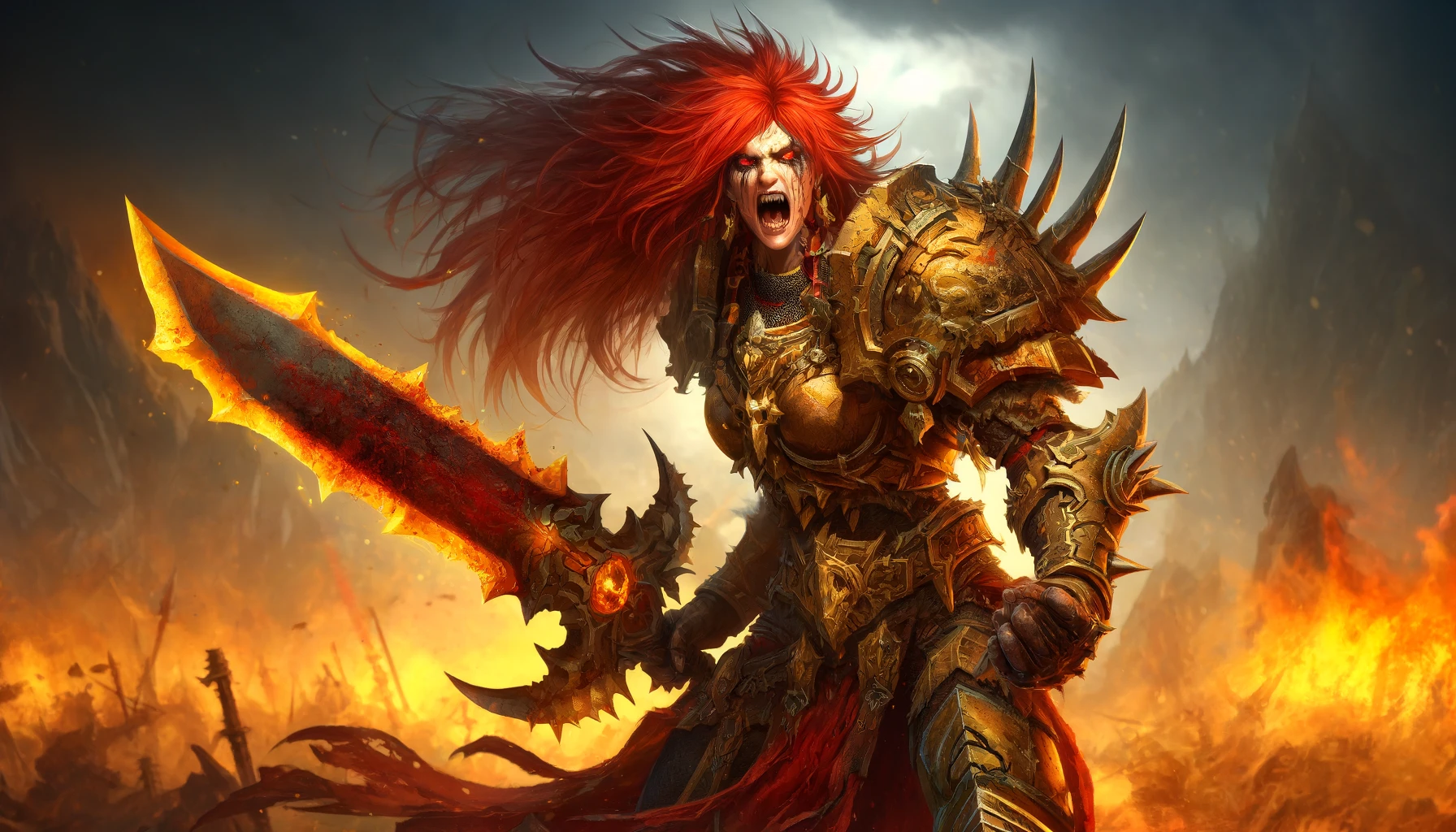
In conclusion
Angela’s update from a moderate power booster to a significant potential power-scaler reflects a deliberate shift in Marvel Snap’s metagame, promoting dynamic play styles centered around quick, successive card deployments.
This change not only revitalizes “small ball” decks but also introduces new strategic layers to deck construction and in-game decision-making. By requiring players to thoughtfully consider deck composition, play sequencing, and board positioning, Angela’s revamped ability enhances the tactical depth of gameplay, encouraging creativity and strategic foresight.
As the metagame continues to evolve, Angela’s role in shaping competitive play and deck-building strategies will undoubtedly be a key area to watch.
Baxter Building Increases Power
The update to Baxter Building , increasing the bonus power provided to the player winning at this location from +3 to +4 at all other locations, subtly yet significantly amplifies its strategic value within the game. Baxter Building already posed a pivotal point of contention, as securing dominance there offered a notable advantage across the board.
, increasing the bonus power provided to the player winning at this location from +3 to +4 at all other locations, subtly yet significantly amplifies its strategic value within the game. Baxter Building already posed a pivotal point of contention, as securing dominance there offered a notable advantage across the board.

The enhancement of its effect from +3 to +4 power makes this location even more critical, potentially swinging the balance of power across multiple locations with a single card play. This change encourages players to devise strategies that not only secure Baxter Building but also optimize the timing and placement of their plays across the board to maximize the benefit of the increased power bonus.
The basis of the game is Location Control
With the increased reward for controlling Baxter Building, players may prioritize deploying strong cards or combinations to secure this location.
This could involve saving pivotal cards or playing strategies specifically to win at Baxter Building, knowing the amplified effect can be game-changing.

Control Decks Give Advantage
Decks may be constructed with a greater emphasis on cards that can swing control of locations quickly or provide late-game surges in power.
Knowing that control of Baxter Building can now provide even greater leverage, players might include cards that synergize well with sudden shifts in location control.
When creating control, be aware of the balance of power
Given the enhanced importance of Baxter Building, players should expect increased competition over its control. This anticipation can inform strategies that either focus on securing Baxter Building at all costs or deploying misdirection tactics that leverage opponent focus on Baxter Building to gain advantages elsewhere.
While securing Baxter Building becomes more enticing, players must balance the focus on this location with maintaining or contesting control of other locations. Overcommitting to Baxter Building at the expense of other locations could lead to vulnerabilities that savvy opponents can exploit.

Let’s remember the basics
The increase in power bonus provided by Baxter Building from +3 to +4 for the player controlling it elevates the strategic importance of this location within Marvel Snap. This adjustment not only makes Baxter Building a key focal point in matches but also influences overall deck-building strategies and in-game tactical decisions.
from +3 to +4 for the player controlling it elevates the strategic importance of this location within Marvel Snap. This adjustment not only makes Baxter Building a key focal point in matches but also influences overall deck-building strategies and in-game tactical decisions.
Players are encouraged to carefully consider how to secure and leverage Baxter Building, balancing the pursuit of its enhanced bonus with the broader need to control the game’s landscape. As the metagame continues to develop, the strategic dynamics surrounding Baxter Building and its impact on match outcomes will undoubtedly play a significant role in shaping player strategies and competitive play.
Master the new balance of Marvel Snap
In wrapping up our exploration of the latest balance update for Marvel Snap, it’s clear that the developers are dedicated to fostering a dynamic and balanced competitive environment.
This update, impacting cards like Thanos, Time Stone, Miek, Crossbones, Sabretooth, Angela, and Baxter Building, demonstrates a careful onsideration of game mechanics, strategic diversity, and player feedback.
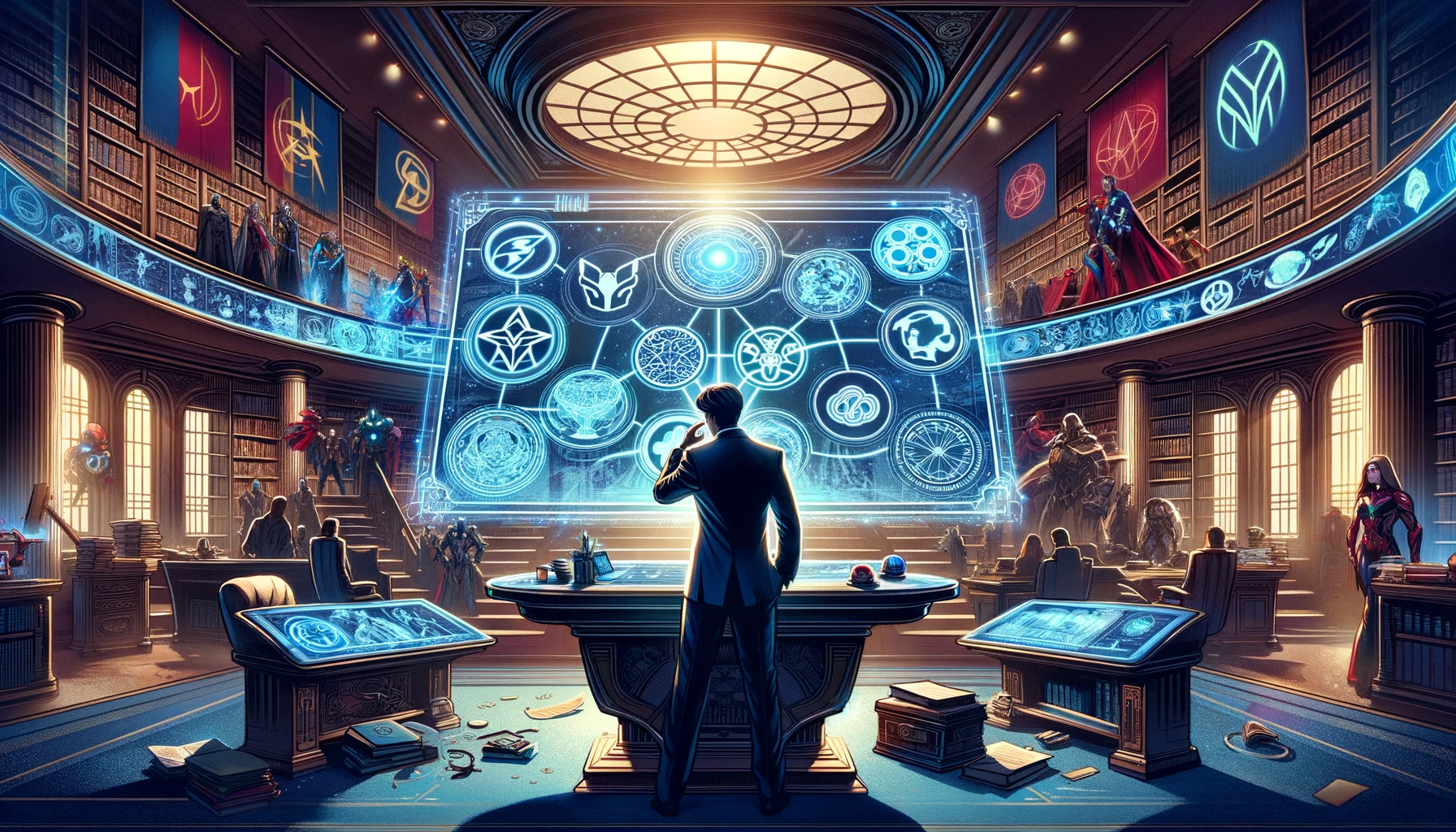
By adjusting the starting mechanics for pivotal cards, enhancing certain card abilities, and tweaking the strategic implications of game locations, the update ensures that both new and veteran players will find fresh challenges and opportunities for deck-building creativity.

